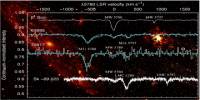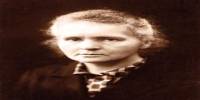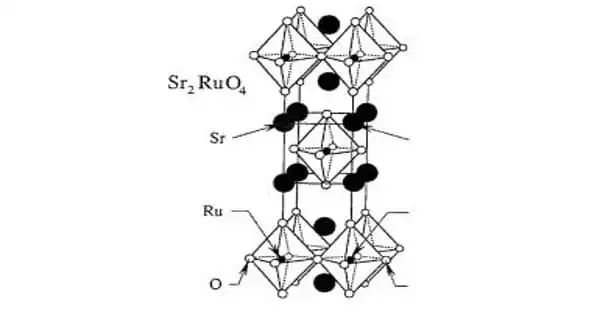A test of a popular dark energy theory found no evidence of new forces, putting substantial limits on related hypotheses.
Dark energy is the moniker given to an unknown force that is driving the expansion of the cosmos. It’s a hypothetical kind of energy that exerts a negative, repulsive force, acting similarly to gravity.
It has been proposed as a theory to explain the observational aspects of distant type Ia supernovae, which reveal the cosmos expanding at a faster rate. Dark energy, according to some physicists, is a ‘fifth’ force that acts on matter, in addition to the four currently known gravitational, electromagnetic, strong, and weak nuclear forces.
Researchers believe that this fifth force is ‘screened’ or ‘hidden’ for huge objects on Earth, such as planets or weights, making it impossible to detect. Dark Energy accounts for 72 percent of the universe’s total mass-energy density. Dark Matter is the other major component, with atoms and baryonic matter accounting for a little portion.
Researchers from Imperial College London and the University of Nottingham have now examined the potential that this fifth force acts on single atoms, but their most recent experiment found no evidence for it.
This could exclude popular dark energy hypotheses that change gravity theory, leaving fewer areas to look for the elusive fifth force.
Physical Review Letters published an article today about an experiment conducted at Imperial College London and analyzed by theorists at the University of Nottingham.
This experiment, connecting atomic physics and cosmology, has allowed us to rule out a wide class of models that have been proposed to explain the nature of dark energy, and will enable us to constrain many more dark energy models.
Ed Copeland
Professor Ed Copeland, from the Centre for Astronomy & Particle Physics at the University of Nottingham, said:
“This experiment, connecting atomic physics and cosmology, has allowed us to rule out a wide class of models that have been proposed to explain the nature of dark energy, and will enable us to constrain many more dark energy models.”
The experiment examined dark energy theories that claim the fifth force is weaker when there is more matter nearby, which is the polar opposite of how gravity acts.
This would imply that it is strong in a vacuum, like as space, but weak in the presence of matter. Experiments with two huge weights would result in a force that is too feeble to measure.
Instead, the researchers experimented with greater weight and a minuscule weight, a single atom, where the force should have been noticed if it exists.
The researchers utilized an atom interferometer to see whether there were any extra forces acting on an atom that could be the fifth force. A vacuum chamber was filled with a marble-sized metal spherical, and atoms were allowed to fall freely inside.
According to the theory, if a fifth force acts between the sphere and the atom, the atom’s route will deviate slightly as it passes through the sphere, causing the falling atom’s path to shift. However, no such force has been discovered.
Professor Ed Hinds, from the Department of Physics at Imperial, said: “It is very exciting to be able to discover something about the evolution of the universe using a table-top experiment in a London basement.”
















